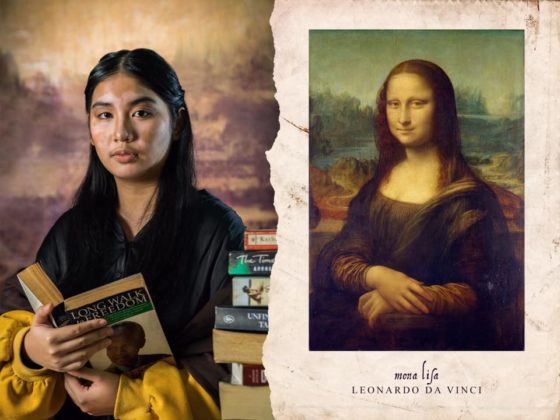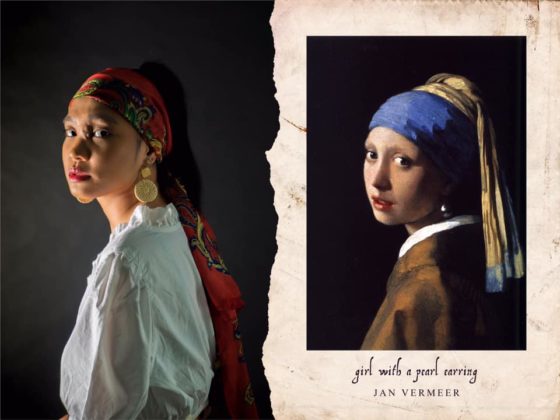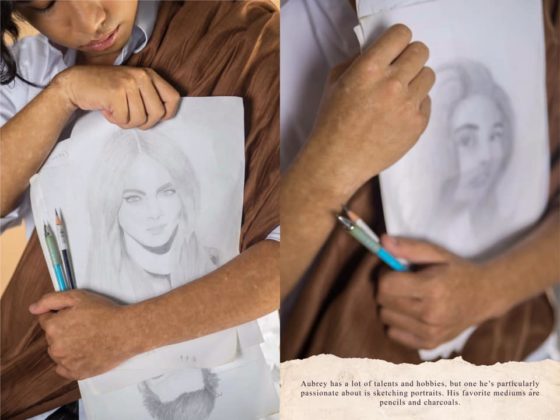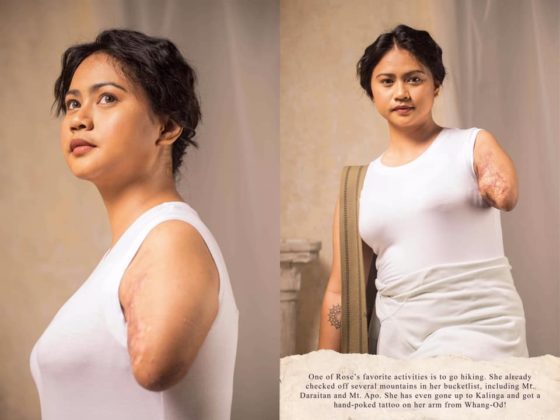A COLLEGE of Fine Arts (CFAD) graduate challenged beauty standards in her photography thesis, juxtaposing diverse physical attributes with classic art pieces.
Advertising arts alumna Ayla Reyes was behind the series “Anomali,” a wordplay on the Filipino phrase “Anong mali?” (What’s wrong?) and “anomaly” or something that deviates from the norm.
“My objective was to break away from old ideals and show a modern take on beauty through celebrating diversity. So I brought these opposing standards together to redefine what it means to be beautiful,” Reyes told the Varsitarian.
Reyes cast subjects with different body features such as skin conditions and limb deficiencies into classic artworks to challenge society’s beauty standards.
Renowned paintings were reimagined.“Mona Lisa,” featured a model with vitiligo, and “Girl with a Pearl Earring” with a model with a facial deformity.
Instead of flawless subjects, the “Grande Odalisque” and “Portrait of a Young Man” had models with various skin conditions, and the ballerina in “The Star” were portrayed by a young model whose hand was amputated.
Meanwhile, amputees and persons with disabilities portrayed famous sculptures: “Venus de Milo” was depicted by an arm amputee and “The Thinker” with a club-footed model.
“Discobolus” featured a disabled subject on a wheelchair, “Diana” and “Venus of Piazza d Italia” had a model with an orthopedic disability, and “David” was a person with mild cerebral palsy.
Reyes conversed with the subjects of her series to pair them up with the right art pieces as well as to get to know their stories, which were not often represented in popular media.
“By putting the spotlight on them, we’re celebrating the fact that everyone is built [differently] and it’s completely fine and it’s beautiful,” Reyes added.
Anomali was a recipient of the outstanding thesis award in 2020, the year Reyes graduated.



































